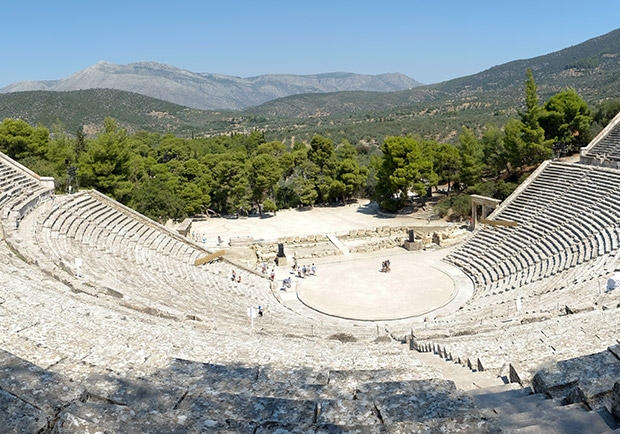Yiannoulis Halepas completes the Sleeping Girl
Tweet"Halepas's life is a fairy tale. It is the Fairytale of Beauty," the sculptor Thomas Thomopoulos said in a lecture at the Academy of Athens in 1925, on the occasion of the exhibition of sculptures by Halepas from his so-called "post-logical" period. Yiannoulis Halepas (1851-1938) was one of the most important and most well-known neoclassical sculptors of the 19th century, whose work was tragically interrupted when his mental illness appeared around 1877-1878. In fact, from 1888 to 1902, he was admitted to the Psychiatric Hospital of Corfu, followed by his total isolation in Tinos. The 1925 exhibition contributed crucially to the sculptor's re-discovery and return to Athens in 1930, where he experienced a second period of significant artistic creation.
The "Sleeping Girl" of Halepas is one of the most famous works of contemporary Greek sculpture and is among the Greek 19th century masterpieces. "At the entrance of the Cemetery of Athens", noted Thomopoulos, "the visitor always stops at a funerary monument. It is the monument of Afentakis, the young girl who sleeps "the eternal sleep quietly,” commenting that "the classical spirit of Yiannoulis Halepas is watered directly from the inexhaustible river of Greek Art".


